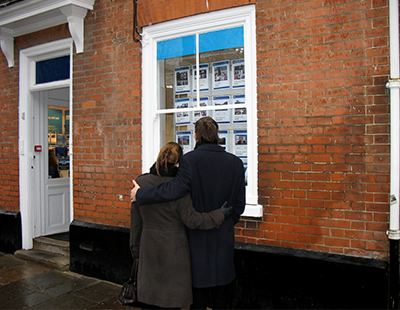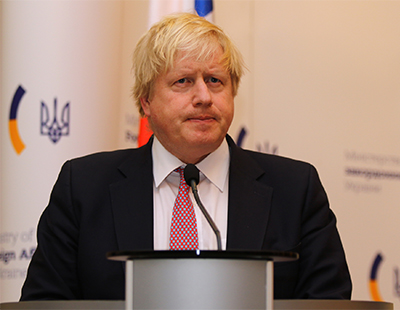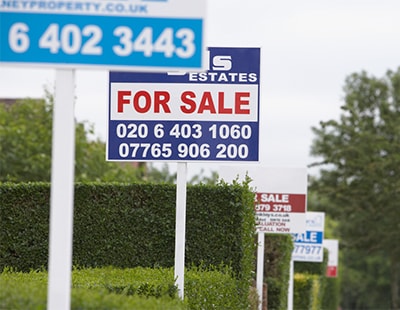There’s a silver lining to another set of stodgy housing market figures - at least one sector, for those buying their first home, is storming ahead.
“The number of mortgages being taken out by first time buyers has continued to approach pre-financial crisis levels in recent months” explains Robert Gardner, chief economist behind the Nationwide monthly house price index.
“First time buyer numbers have been supported by the strength of labour market conditions, with employment rising at a healthy rate, and earnings growth slowly gathering momentum” he continues.
“While house prices remain high relative to average earnings, low mortgage rates have helped to support mortgage affordability. Indeed, raising a deposit appears to be the major barrier for prospective first time buyers, since the cost of servicing the typical mortgage remains in line with or below long-run averages as a share of take home pay in most regions of the UK.”
Gardner says the only major exception to this is in London and parts of the south of England where affordability pressures are more acute, and where mortgage costs as well as deposits pose a challenge to young purchasers.
“In 2018, first time buyer incomes were in line with or below average incomes in most regions. However in the East, South East and London, first time buyers’ incomes were significantly higher than average incomes (60 per cent higher in London), illustrating the extent to which many prospective buyers are priced out of the market in those areas.”
The broadly good news on sharply rising first time buyer numbers in most areas is the silver lining to a housing market that appears to be stagnating.
“Indicators of housing market activity, such as the number of property transactions and the number of mortgages approved for house purchase, have remained broadly stable in recent months, even though survey data suggests that sentiment has softened. Measures of consumer confidence weakened around the turn of the year and surveyors report that new buyer enquiries have remained subdued” explains Gardner.
“While the number of properties coming onto the market has also slowed, this doesn’t appear to have been enough to prevent a modest shift in the balance of supply and demand in favour of buyers in recent months. April marks the fifth month in a row in which annual house price growth has been below one per cent.”
Agents have continued to hold out hope that the current lull will prompt a pick up over or beyond the summer.
“Given the previous years of outstanding house price growth, we could be forgiven for thinking that anything below the one per cent mark where the annual rate is concerned, is entering life support territory” says Marc von Grundherr, director of London agency Benham and Reeves.
“This simply isn’t the case … it’s likely that we will see conditions accelerate through the spring and summer seasons with some more positive growth levels registered despite the continued uncertainty of Brexit” he says.
And Jeremy Leaf, who runs his own London agency and is a former RICS residential chairman, adds: “Soft growth in the last set of figures from Nationwide is continuing and confirmed on the high street. Clearly, Brexit uncertainty in the minds of homebuyers is still outweighing almost record low mortgage rates and employment numbers, as well as improved affordability.”
He concludes: “A glimmer of good news is that first-time buyers are taking advantage, particularly of Help to Buy and deposits from the Bank of Mum and Dad, not forgetting reduced competition from landlords. However, landlords leaving the sector has meant some hardening of rents which has made deposit saving, we are finding particularly in London, more difficult, and which is making that illusive first purchase trickier”
Finally the online agency Yopa has its says, with spokesman Mike Scott stating: “There is no sign of any kind of sustained fall in UK average house prices, which would usually show up first as a drop in the number of house sales rather than in prices. We therefore expect continued slow house price growth this year, except where affordability limits have been exceeded in London and south-east England.



















%20A%20property%20tale%20for%20our%20times.png)








Join the conversation
Be the first to comment (please use the comment box below)
Please login to comment